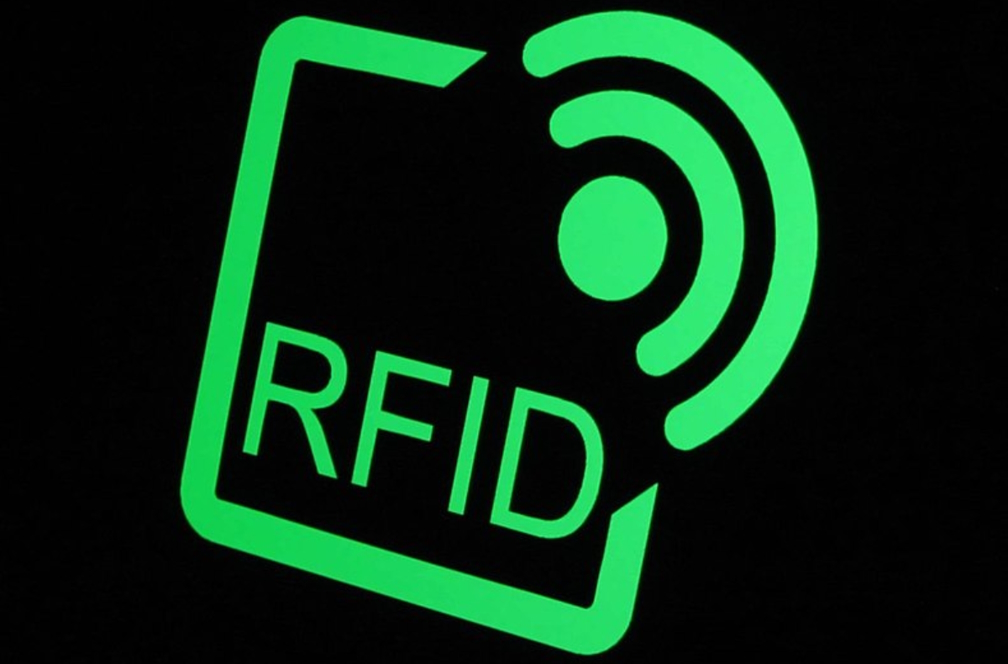What is RFID Tracking & How Does It Work?

RFID tracking (Radio Frequency Identification) technology is a type of wireless communication that uses radio waves to transmit data between a reader and a device called a tag. An RFID tag, which is often embedded in a product or attached to an object, contains a microchip that stores information about the item it is attached to. The mechanism of operation for RFID tracking is simple: an RFID reader sends a radio frequency (RF) signal to the tag, which responds by transmitting its stored information back to the reader. This information can be anything, such as specific properties of the “tagged” item, or even something as simple as a beeping noise.
RFID technology has a wide range of applications and is used in a variety of industries, including retail, transportation, and healthcare. Some of the more common uses of RFID technology include inventory tracking, supply chain management, access control, transportation, and healthcare.
Inventory Tracking
RFID tags can be used to track the location and movement of products within a warehouse or store, allowing businesses to more accurately track their inventory and identify lost or stolen items. This can prevent theft and make inventory counts easier and faster, but it also makes larger warehouses easier to navigate for employees and customers who might need to find a specific product in a very large warehouse. RFID tracking as a part of inventory indexing and storage protocols is rapidly becoming standard practice for many corporations and has the potential to penetrate incumbent institutions that need to keep track of large volumes of goods, including postal services, logistics companies, and warehousing service providers.
Asset Tracking
RFID is perhaps even more important for organisations that manufacture or use sensitive assets. This technology is a real game changer for militaries, hospitals, universities, manufacturers of high-tech equipment, and other organisations that depend on high-value, materially sensitive products and materials. RFID tracking enables these organisations to easily track and geofence sensitive assets, ensuring that they stay within a certain area where they can be used and monitored only by approved personnel.
Supply Chain Management
RFID tags can be used to track the movement of goods from the manufacturer to the retailer, helping businesses to manage their supply chain more efficiently and reduce the risk of lost or damaged products. Tracking products from point to point is especially important for manufacturers that rely on a “just-in-time” manufacturing strategy. This kind of specific knowledge allows them to order and plan for the incorporation of specific products at a specific time and place, enabling more accurate planning and efficient utilisation of manufacturing systems and labour.
Access Control
RFID technology is often used to grant access to restricted areas or buildings, such as offices or apartments. RFID tags are provided to authorised personnel, and readers are placed and points of entry. Those points of entry can have other hardware, like door locks or entry gates, that are programmed to only open in the presence of the RFID tag. RFID tags can be used to control and monitor access to anything from specific rooms or buildings, larger venues like ticketed concert venues or stadiums, or even private or toll roads.
RFID technology has several advantages over traditional methods of tracking and identification. For example, RFID tags do not require a line of sight to be read, so they can be read through walls or other barriers. Additionally, RFID tags can store more information than traditional barcodes, and they can be read more quickly, making them suitable for use in fast-paced environments.
One potential challenge associated with the implementation of RFID technology is the cost of an RFID system. RFID readers and tags can be expensive, and there are ongoing costs for maintaining and updating the system, as well as replacing broken or misplaced tags. However, many organisations have found that the benefits of RFID technology, such as increased efficiency and accuracy, usually outweigh the costs.
RFID technology is a powerful tool for tracking and identifying objects, and it has a wide range of applications in various industries. While it does have some limitations, it has the potential to significantly improve the efficiency, accuracy, and security of many business processes.

















